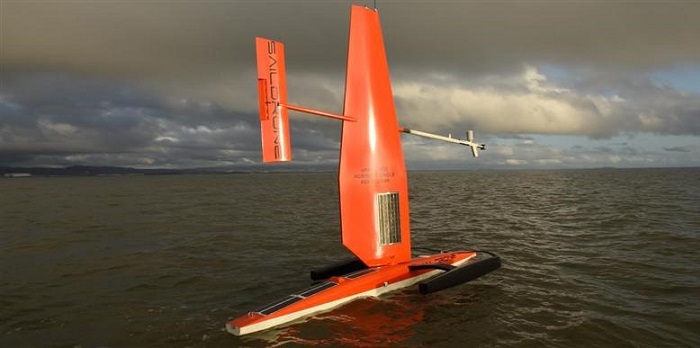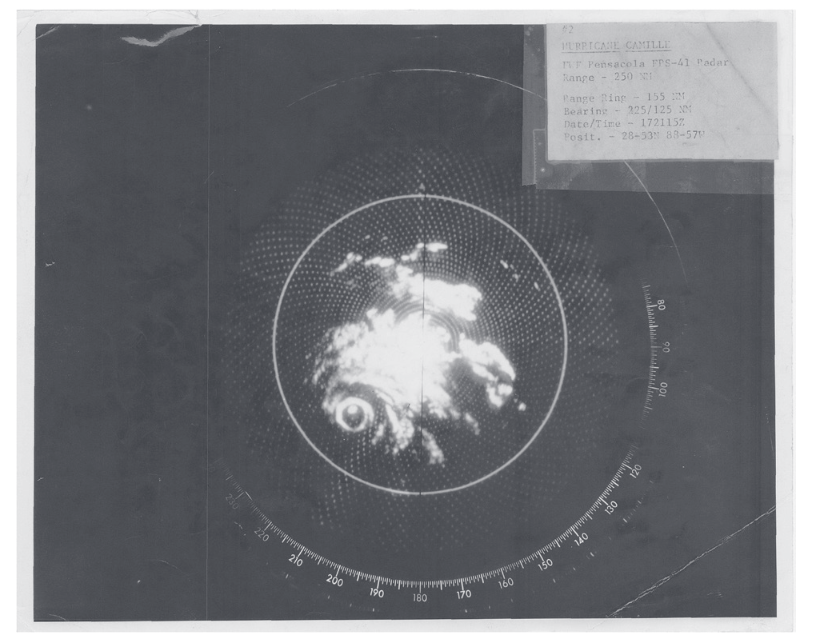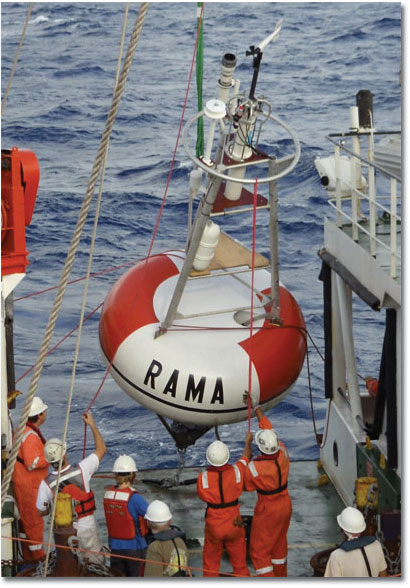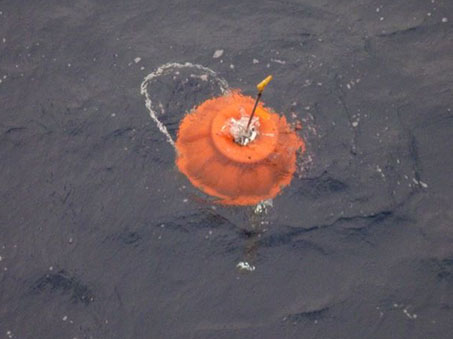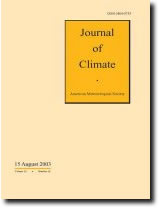NOAA announces $4.5M in funding for new observing technologies for ENSO research and predictions
NOAA is investing $4.5 million over the next four years in four projects testing technology to enhance the Tropical Pacific Observing System (TPOS), which improves understanding of the El Niño-Southern Oscillation (ENSO), how it develops, and how it affects Earth’s weather.


